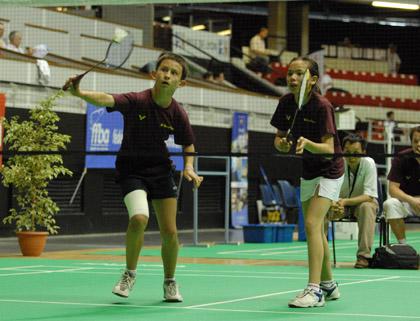 I hear it being said so often, “he or she’s got a lot of potential” or “that player is very talented”. But what does potential or being talented actually mean?
I hear it being said so often, “he or she’s got a lot of potential” or “that player is very talented”. But what does potential or being talented actually mean?
By Tjitte Weistra, Badzine columnist. Photos: Badmintonphoto
What are people referring to when they make comments like those above? Is it because they are hitting the shuttle very nicely or because they are moving around the court without much effort? Is it because they can hit it very hard? Is it because they win lots of matches?
During a coach education course I once ran, I did an exercise during a junior tournament in which I asked the ten coaches in attendance to select the 10 players with the most “potential” of the tournament in the U13 age group. They could work together in groups or alone, it was up to them. They had 4 hours to get the job done and that was all the information they received. I did the same exercise and chose my 10 players. The next day when we got together again we discussed the lists of players from all the coaches and compared.
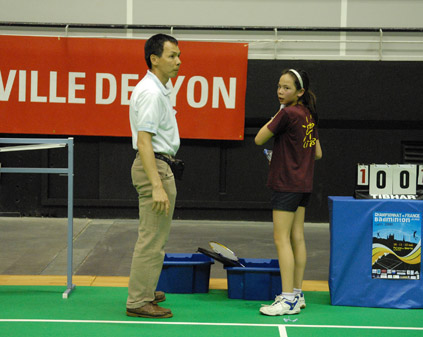 Shock result…from all the players chosen on the coaches’ lists, only 3 were among the 10 on my list. 90% of all the players were on every coach’s list meaning that there was very little difference between the players that each coach had chosen. Surely there was something wrong with me right? Clearly I did not understand selection and what to look for. But then the debate started around why players were picked and I couldn’t help but disagreeing with them on all players except for the three on my list but then the reasons why I had put those three on my list were completely different from their reasons. So what are we looking for when “identifying” players?
Shock result…from all the players chosen on the coaches’ lists, only 3 were among the 10 on my list. 90% of all the players were on every coach’s list meaning that there was very little difference between the players that each coach had chosen. Surely there was something wrong with me right? Clearly I did not understand selection and what to look for. But then the debate started around why players were picked and I couldn’t help but disagreeing with them on all players except for the three on my list but then the reasons why I had put those three on my list were completely different from their reasons. So what are we looking for when “identifying” players?
The coaches had selected all their players based on pretty much two criteria. Whether they could hit the shuttle nicely (good technique) and whether they had won their games (results). Neither of those criteria were even considered on my list.
Here is what I looked at:
- overall coordination of upper and lower body,
- hand-eye coordination
- speed of movement
- body build
- competitiveness (desire to win and did they get angry when losing)
- instincts (tactical ability, can they read the game?)
- off-court behaviour (how interested were they in playing badminton? Did they rush off to their game-boy or play with cell phones or were they always to be found with a racquet in their hand trying to scoop a free court for another hit)
- parents (were they present at the event and, if yes, what information could I get, based on talking to them and looking at their behaviour and physical characteristics)
 So what conclusion can you draw when looking at the above criteria versus the two criteria the coaches used? The criteria I used are hard to modify. A child, 12 years of age with bad coordination, slow, not competitive and seemingly not too interested in playing badminton but who happens to hit the shuttle quite nicely and because he/she is very powerful can win lots of matches because, well, at that age, a player can. But this player will be unlikely to ever succeed in becoming a good player.
So what conclusion can you draw when looking at the above criteria versus the two criteria the coaches used? The criteria I used are hard to modify. A child, 12 years of age with bad coordination, slow, not competitive and seemingly not too interested in playing badminton but who happens to hit the shuttle quite nicely and because he/she is very powerful can win lots of matches because, well, at that age, a player can. But this player will be unlikely to ever succeed in becoming a good player.
Whether a player wins at age 12 and has nice technique is completely irrelevant. It is merely a bonus. What’s relevant is whether they can be taught the right technique because they coordinate well, that they have base speed to keep up with playing badminton at an international level later on. That they hate losing and because of it are very competitive. That they are supported by their parents. That they have genetics which fit the modern profile of a successful badminton player. That they love playing badminton and would like to play, eat, sleep, drink and dream badminton all day long. Those are the ingredients of a successful badminton player.
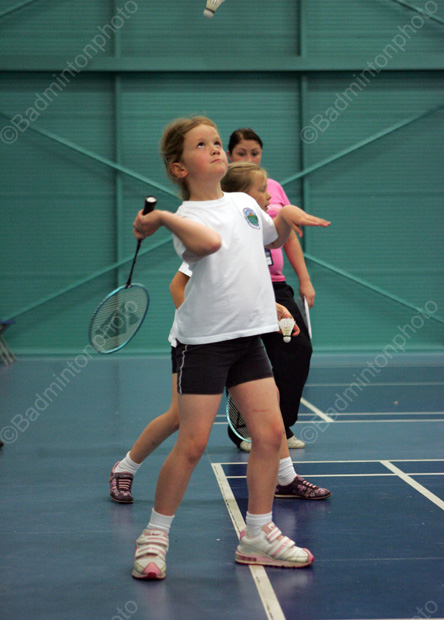 Unfortunately lots of time, energy and (financial) resources go into kids that have “potential” because they look great and win everything at a young age. Coaches who would spend a bit more time on doing their homework could perhaps be more successful in training and coaching players to the international level. If next you are scouting for talent, try and use the below checklist before deciding whether it is worth investing (time, effort, energy and money) in a player:
Unfortunately lots of time, energy and (financial) resources go into kids that have “potential” because they look great and win everything at a young age. Coaches who would spend a bit more time on doing their homework could perhaps be more successful in training and coaching players to the international level. If next you are scouting for talent, try and use the below checklist before deciding whether it is worth investing (time, effort, energy and money) in a player:
- Movement Foundation – does the player coordinate well?
- Hand-eye coordination – Do they make contact with the shuttle even under pressure (reaction speed)
- Speed – does the player have enough base speed? Speed can only ever be improved by a marginal 15% so slow players will never be fast players.
- Body characteristics: i) Tall or short? Can small/short players still be competitive in the way today’s game is played?; ii) Body weight? Lean? Some harmless little extra’s or seriously challenged?; iii) Genetics?
- Competitiveness – Desire to win? Fighting spirit (especially when losing)? Upset after losing?
- Badminton intelligence – Does the player “understand” the game? Does he/she see the gaps in the court and the weaknesses of the opponent?
- Off-court behaviour – interested in every aspect of badminton or does it look like they are “pushed” into playing where they would rather be doing something else? Can they always be found with a racquet in their hand and hitting or prefer to do other stuff. Can they never be found when their match is being called or are they prepared and aware?
- Parental support and background – Are the parents involved with badminton? Are they supportive of their child playing badminton? Do they understand what is involved? Would they still support their child if he/she becomes an elite athlete and academics might be affected? In countries where funding is an issue; can the family afford the cost of playing badminton at a high level?
Bonus:
- Player already has nicely developed technique
- Player is winning matches and tournaments
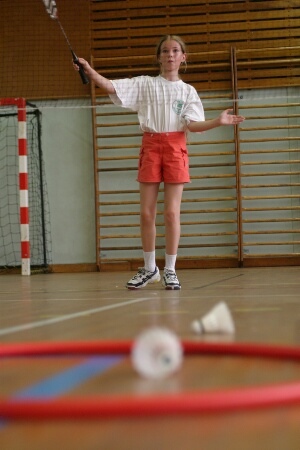 If you cannot tick most of the above 8 boxes then you will be challenged by it at some stage in the (near) future. Technique can be taught and winning too but as a coach we cannot have much impact on the 8 points mentioned. We can to a certain degree but it is quite limited.
If you cannot tick most of the above 8 boxes then you will be challenged by it at some stage in the (near) future. Technique can be taught and winning too but as a coach we cannot have much impact on the 8 points mentioned. We can to a certain degree but it is quite limited.
So next time you are doing some Talent ID, see if the above is helpful. You may need to ask yourself some difficult questions. Is winning more important to you at that age than selecting the kids who may not be winning right now but will/could be in the future? It is hard, isn’t it? Because the expectation out there will be that you actually select the winners, each and every time. Very few people see the bigger picture so there is an altogether different challenge for you in “educating” your environment.
![COACH’S NOTEBOOK – What do you mean by potential? I hear it being said so often, “he or she’s got a lot of potential” or “that player is very talented”. But what does potential or being talented actually mean? […]](http://www.badzine.net/wp-content/uploads/Newsflash-thumbnail.png)
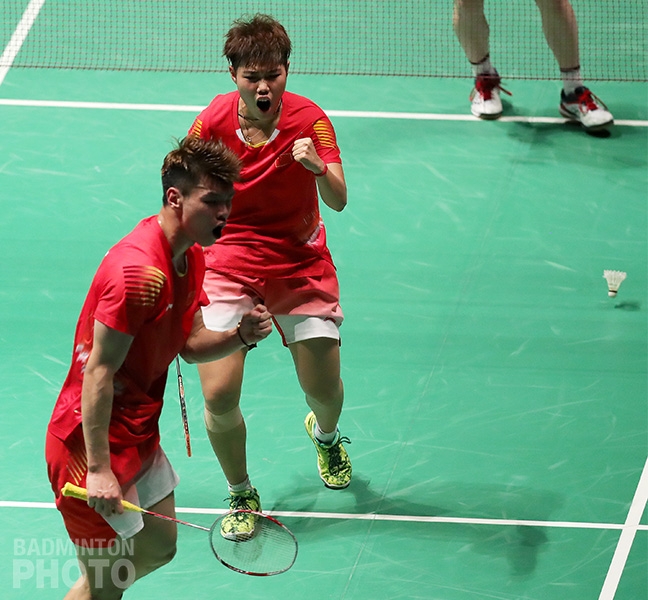
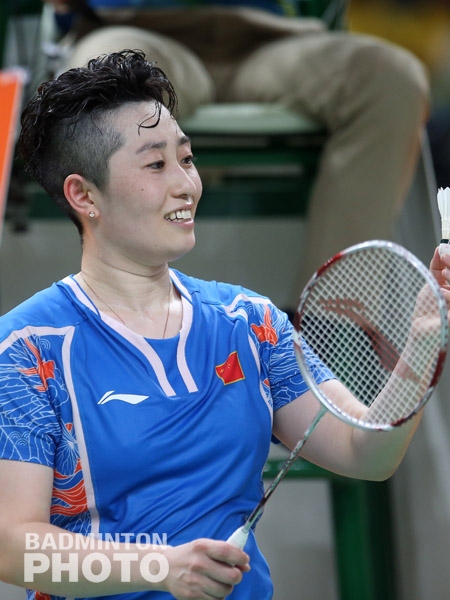
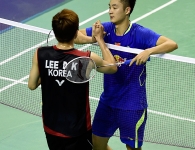
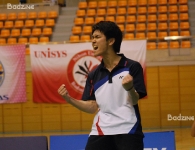
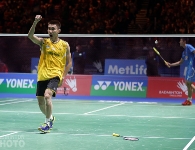

Leave a Reply